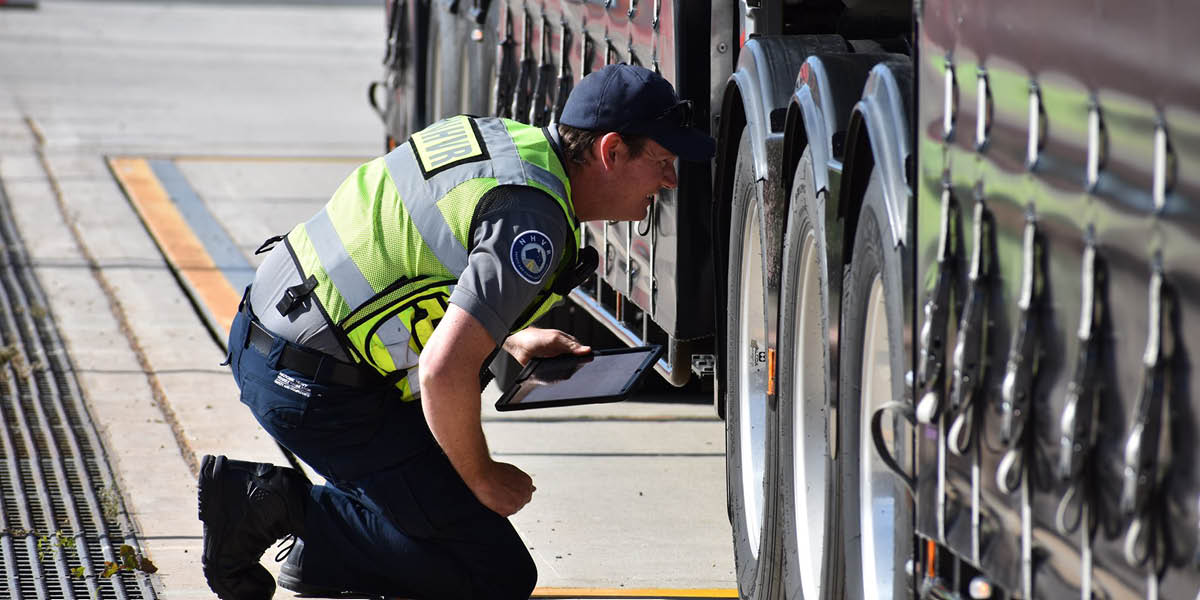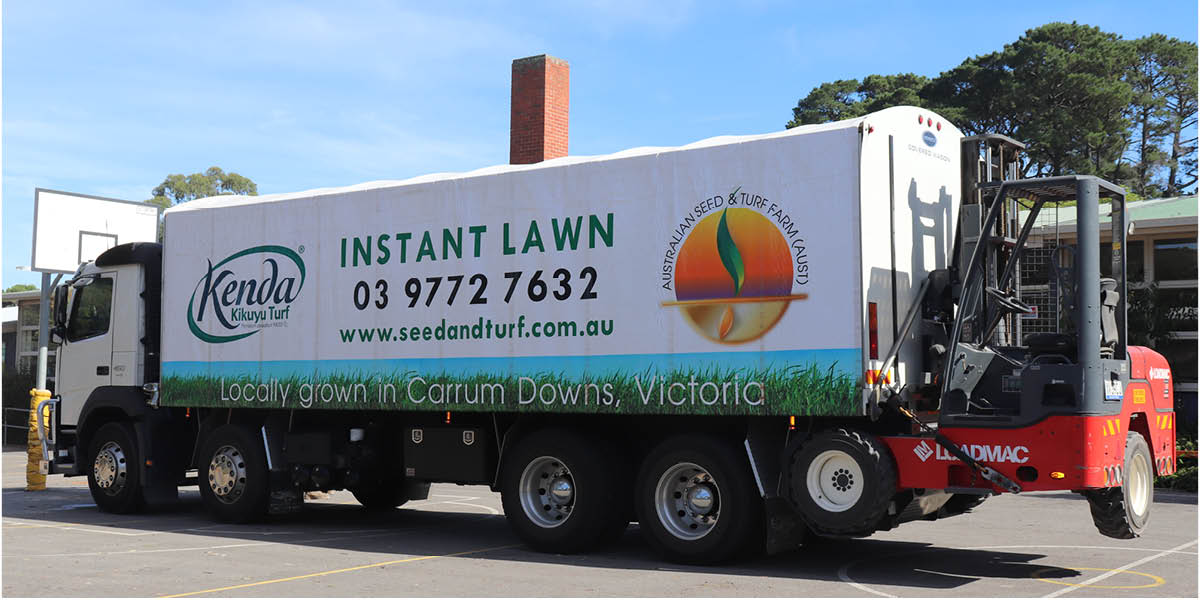The prosecution of a trucking company manager over a crash that killed four Victorian police officers last year is set to be a high-profile test case for Chain of Responsibility rules. There are many take-home lessons growers can take from this case in terms of the importance of knowing the Chain of Responsibility rules. Sandra Godwin reports.
Melbourne truck driver, Mohinder Singh was sleep deprived and high on drugs when the truck he was driving ploughed into the police, who had stopped in the emergency lane beside a Melbourne freeway, in April 2020.
Earlier this year, Singh was jailed for 22 years after pleading guilty to four charges of culpable driving causing death.
His former supervisor, Connect Logistics manager Simiona Tuteru, initially faced 82 charges over the crash – including multiple breaches of heavy vehicle regulations by directing or requiring Singh to work while fatigued – and will stand trial on four counts of manslaughter.
The manslaughter charges arise from allegations he knew Singh was unfit but allowed him to drive anyway.
Under Chain of Responsibility laws, which took effect in 2018, everyone across the supply chain shares an equal responsibility to comply with Heavy Vehicle National Law (HVNL), even if they don’t drive, own or operate a heavy vehicle. Trucks weighing more than 4.5 tonnes are classified as heavy vehicles.
National Heavy Vehicle Regulator Director of Prosecutions Belinda Hughes said there were 17 major Chain of Responsibility cases currently before courts across Australia.

More common have been less serious breaches of fatigue management and scheduling rules, load restraint, volume and mass offences, and defective vehicles.
Belinda said there had so far been no serious breaches involving turf growers, but suggested growers should pay special attention to making sure trucks weren’t overloaded or improperly loaded.
“We see a lot of that,” Belinda said. “It may be an issue for turf growers in that sometimes the grass … might be dry and weigh a particular amount, and other times the grass might be wet. They need to be making sure that’s taken into account in relation to mass when loading.”
TurfBreed managing director Steve Burt said it was “almost unheard of” for turf growers to weigh each pallet of turf before they put it on a truck.
“The challenge we have is that turf changes its weight depending on how thickly it was cut, as well as how much moisture is in the rolls or slabs,” Steve said. “If you’ve had a shower of rain or you’ve irrigated, there can be quite a substantial difference in the weight of one pallet of 50 square metres of turf and the next.”
Steve said there had been significant changes to both attitudes and laws relating to workplace safety.
This includes the Chain of Responsibility rules which make everyone responsible for actions they and others don’t take, as well as those they do.
“In our lifetime there’s been a cultural change in Australia around work health and safety and road transport chain of responsibility,” he said. “We need to embrace that change. While it can be frustrating and feels bureaucratic, we’ve seen substantial inroads into improved safety in the industry on the back of it.”
Steve added that turf growers were required to ensure they were compliant – and have the evidence to prove it – as well as any employees involved in making decisions about booking, loading and unloading trucks. That includes company owners or directors, and staff who work on the farm or in the office in administration or sales. It also requires them to ensure contractors and sub-contractors are compliant.
Chain of Responsibility laws affect all agricultural sectors, but turf is one of the few where deliveries can be made to retail consumers with no direct oversight by a third party such as government or another business.
Steve said this had allowed too many turf growers to adopt a “she’ll be right” approach.
“People who go on to controlled sites, like airport, government or major infrastructure projects, have to be compliant,” he said. “As part of the tender process, they need to demonstrate the work health and safety and road transport compliance is in place. Those that tend not to service those sort of jobs would probably be more inclined to be non-compliant.”
Steve urged growers who were unsure of the requirements, or how to meet them, to consider turf-specific training offered by TurfPlus.
TurfPlus spokesman Dave Raison said most turf growers knew Chain of Responsibility laws had changed, but might not be across the details, putting them at risk of fines of up to $3 million dollars for companies and $300,000 and five years’ jail for individuals.
Dave said the average transport operator in Australia runs 1.7 trucks, whereas the average for turf growers was higher, with many managing up to six or seven vehicles.
“From the Toll Group which has nearly 3000 trucks through to the small mum and dad operators, they’re all across Chain of Responsibility laws and have been part of it since it came in,” he said. “Turf growers on the other hand, even though they operate far more vehicles than the average transport operator, they don’t consider themselves to be transport operators.”

Dave said TurfPlus offered four courses tailored specifically to the Turf Industry, including the Transport Blue Card, that are delivered by externally Registered Training Organisations (RTO).
“Chain of Responsibility is similar to work health and safety laws, in that if they don’t have a Safety Management System (SMS) in place, it’s actually in breach of the law,” Dave said. “The best thing to do is to have an SMS and controls in place. That will help identify and control risk and manage and document compliance.”
Dave added that there were six elements to Chain of Responsibility: speed, fatigue, mass, dimension, loading, vehicle standards and maintenance.
It sounds complicated and won’t necessarily prevent all accidents, but Dave warns having no SMS in place would expose growers to hefty penalties, including jail.
TurfPlus also can deliver in-house training to ensure all staff understand how to minimise risk, whether they’re a company director or officer, driver, scheduler, consigner, packer or the person taking orders.
“We try to make it easier for turf growers to be across that legislation and provide an opportunity for training, tools and resources, like fitness for duty declarations and digital record keeping,” Dave said.
More information about TurfPlus courses is available at www.turfbreed.com.au/turf-plus or http://www.turfplus.com.au
The NHVR is continually developing guidance and tools to help primary producers meet the safety needs of their business. For more information on Chain of Responsibility go to www.nhvr.gov.au/cor
Do you know?
As a primary producer, what are my obligations under heavy vehicle Chain of Responsibility laws?
What you should focus on depends on whether you own and operate a heavy vehicle or whether you contract an operator to undertake the heavy vehicle transport task.

Are you a primary producer who owns and/or operates your own heavy vehicle?
The most relevant areas of responsibility for you as a primary producer will include:
- What and how much is loaded onto the vehicle, how the weight is distributed and how the load is restrained.
- That the vehicle is fit for purpose, mechanically safe and legally able to be used on a road.
- That the driver, who may be you, is not tired and doesn’t work longer than allowed by law.
- That you understand the safety risks your activities pose to the transport task, including packing goods for transport, scheduling travel and delivery times, and the impacts of delays in loading and unloading trucks
- That you avoid requests, instructions, requirements or demands that may influence the driver to speed or drive while fatigued — whether written in a contract or made verbally.
Are you a primary producer who contracts transport services to a heavy vehicle operator?
Consult your provider to ensure any safety risks are understood and steps are taken to mitigate those risks. Some relevant areas of responsibility for you as a primary producer may include:
- Avoiding requests, instructions, requirements or demands that may influence the driver to speed or drive while fatigued — whether written in a contract or made verbally.
- Ensuring stock or loads are ready to load on time so that a driver is not unduly delayed and pressured to speed or exceed fatigue hours.
- Ensuring safe access, while on your property, for heavy vehicles and drivers, and advising them of relevant local knowledge.
- Ensuring you consult with your transporter and other parties in the chain when setting timeframes for pickup and delivery.
- Using operators that provide safe and compliant transport activities.

